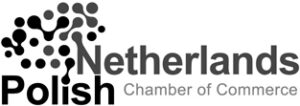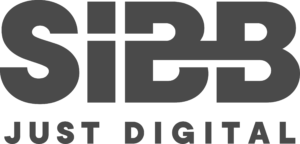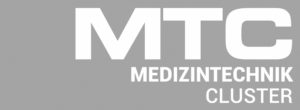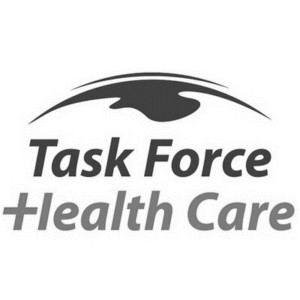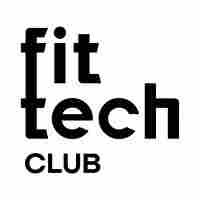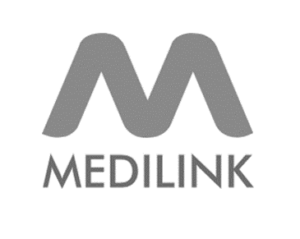Flexible printed circuit boards can be considered the gymnasts of electronic components. Unlike their rigid counterparts, they possess a remarkable ability to bend and adapt to different shapes, enabling more versatile designs in electronic devices. These boards are made from electrically conductive materials, allowing seamless connections between various electronic components. The flexibility of these PCBs opens the door to a new era of design possibilities.
In essence, flexible PCBs offer a dynamic and adaptable foundation for the intricate electronic systems that power our modern world.
Advantages of Flexible PCBs
Flexible printed circuit boards bring a myriad of advantages to the table, making them a preferred choice in modern electronics.
- Flexibility and Adaptability
- Space-saving Marvels
- Durability and Reliability
- Seamless Connectivity
What Are Flexible PCBs Used For?
In the changing world of medical devices, the role of flexible rigid printed circuit boards is crucial. These small electronic powerhouses help make devices smaller, meeting the evolving needs of the industry.
- Medical Wearables: Flex PCBs find application in a variety of wearable health-tracking devices, such as blood glucose monitors, body temperature monitors, blood pressure monitors, heart monitors, etc.
- Implantable Medical Devices: These refer to devices designed to be inserted into the human body, benefiting from the flexibility of PCBs for integration. Flex PCBs are used in various implantable medical devices such as pacemakers, neurostimulators, implantable cardiac defibrillators, and cochlear implants.
- Hearing Aid Devices: Flex PCB designs enable the integration of microphone, digital signal processing (DSP), and battery components into a compact unit that fits discreetly behind the ear.
- Diagnostic and Medical Imaging Equipment: such as ultrasound machines, MRI scanners, CT scanners, X-ray machines, and radiation treatment. The flexibility of Flex PCBs allows for compact and lightweight designs, which are crucial for portable and handheld diagnostic devices.
- Remote Patient Monitoring Devices: Notable instances of remote patient monitoring devices leveraging flex PCBs comprise wireless blood glucose monitors and wearable ECG sensors.
- Endoscopic and Minimally Invasive Surgery Devices: Iin endoscopic cameras, catheters, and other minimally invasive surgical instruments the flexibility enables the creation of small, lightweight, and highly manoeuvrable devices that can navigate through the body’s intricate pathways with ease.
Overcoming Design Challenges
Flexible Printed Circuit Boards navigate and conquer unique design challenges, offering solutions that traditional rigid PCBs struggle to address.
- Compact Design Challenge
- Environmental Challenges
- Integration in Small Devices
- Reducing Complex Wiring
- Conforming to Unique Shapes
Future Trends and Innovations
As technology advances, the trajectory of Flexible Printed Circuit Boards (Flexible PCBs) points towards exciting trends and innovations that will shape the future of electronic devices.
- Internet of Things (IoT) Connectivity
- Miniaturization and Integration
- Advanced Materials
- Biocompatible Applications
- 3D Flexible PCBs
- Stretchable Electronics
Conclusion
Flexible printed circuit boards emerged as the key to revolutionizing electronic design. Their adaptability addresses real-world challenges, making them indispensable in medical IoT applications.
Future trends forecast even smaller, more versatile boards, promising a dynamic landscape in electronics.
Flexible PCBs are not merely components but architects of a connected, flexible future.
As we navigate this ongoing journey, the potential for innovation remains boundless, ensuring that flexible PCBs continue to play a transformative role in the ever-evolving realm of electronic devices.
Here the full article from TechnoTronix:
https://www.technotronix.us/pcbblog/flex-pcbs-for-medical-applications/

